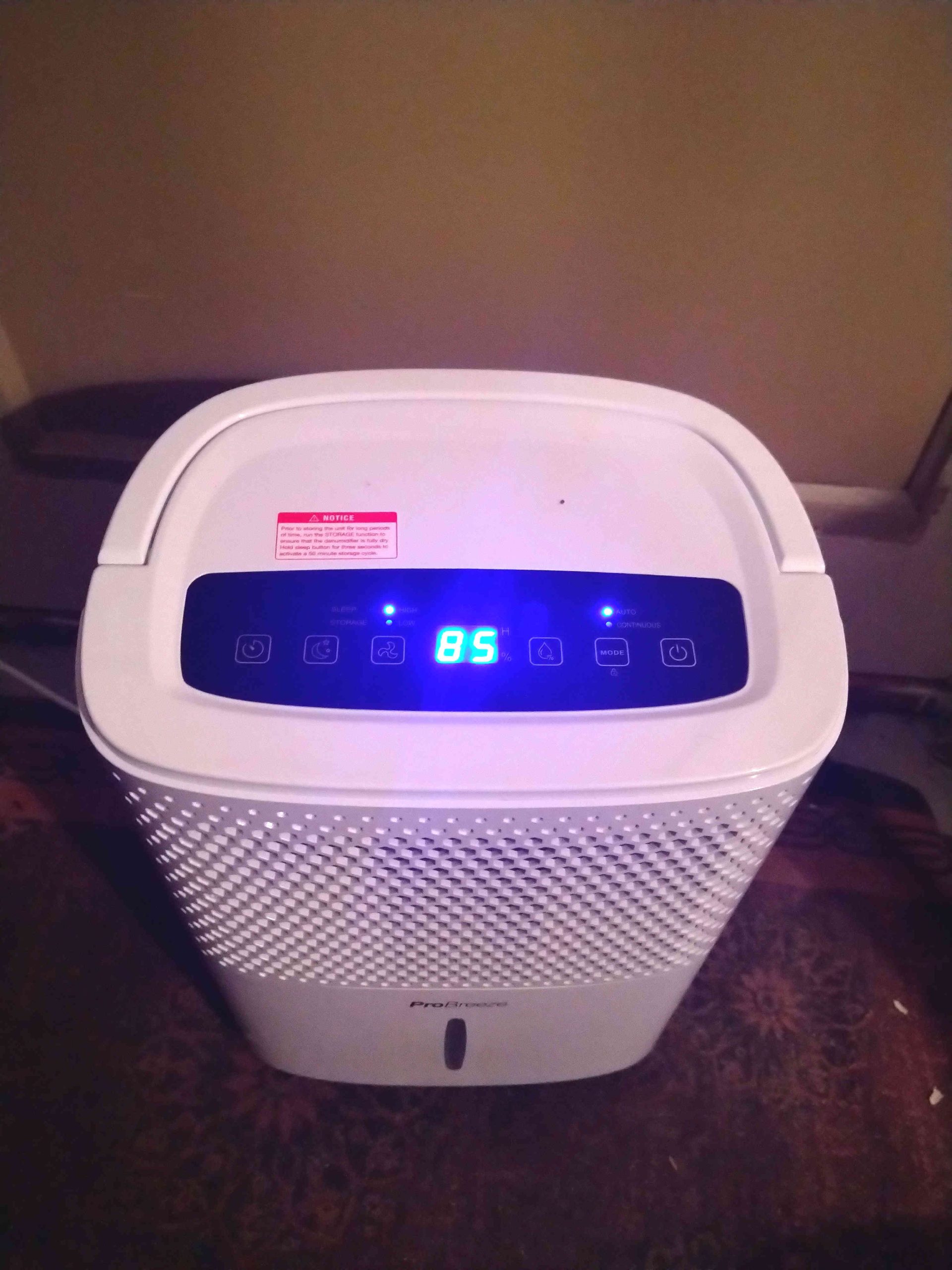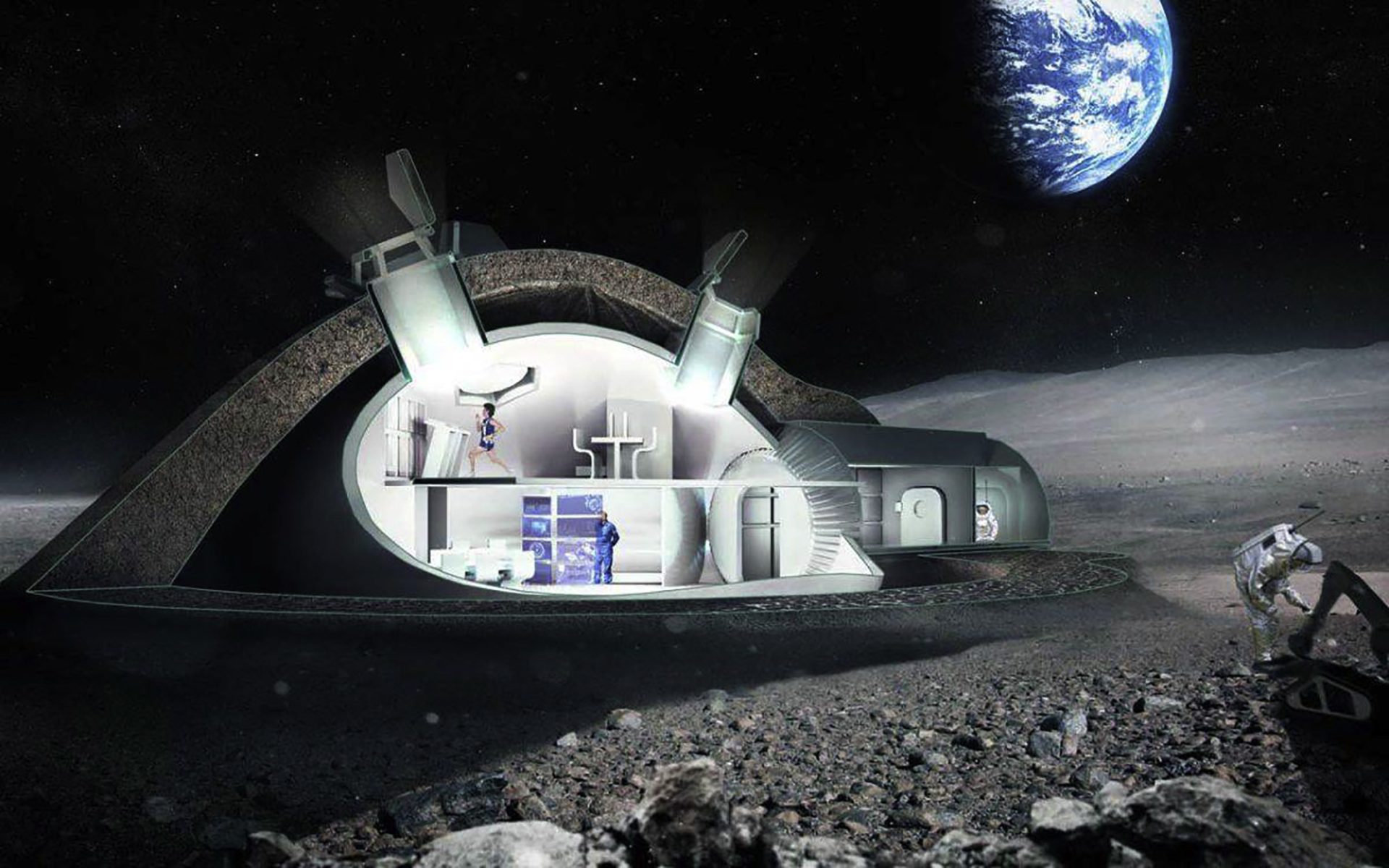Dehumidifier prevents mould, which is the best?
More and more people are lowering the temperature in their homes to save gas. That goes well up to about 15 degrees. Below that, moisture problems arise. Can a dehumidifier solve these problems?
Contents
Lower temperatures mean more moisture
The colder the air, the less water vapor it can hold and the sooner the dew point, ie 100% humidity, is reached. Therefore: the lower the temperature inside compared to outside, the more humid it becomes. That is also the reason that you see fog so often in the morning. The temperature of the air has already dropped so much that the dew point is reached and the water vapor becomes liquid in the form of small water droplets.
Moisture causes mold problems
A damp room does not make us very happy, but fungi such as mildew do. At temperatures below 15 degrees, the humidity in cold places often rises above 80%. The condition in which fungi can grow optimally. That is why you often see condensation on windows and frames.
Mildew has unpleasant consequences. Not only do you see ugly black spots, mold spores are also released that can make you allergic. The fungus also affects wood and other materials. In short, you want to prevent these mold problems at all costs. This can be done with a dehumidifier, for example.
What types of dehumidifier are there?
The simplest type of dehumidifier consists of a container with granules of a moisture absorbing agent. Silica gel is usually used for this. A maximum of about 700 g of water is absorbed per kilo of silica gel. The big advantage of silica gel is that you can dry grains that are full of moisture again. Naturally, drying costs energy, unless you can do it in the sun. Another advantage is that no electricity is required.
The most common type of dehumidifier works by strongly cooling the air with a compressor with refrigerant such as propane. You can see it as a refrigerator, but then a cooling element without a cabinet around it. The moist air cools down, the moisture precipitates and drips into a collection tray. This is basically pure, distilled water. You can keep it or just throw it away.
The disadvantage of this type is that it is somewhat noisy. After all, it works with a pump. Of course, the process costs power, depending on the size between 100 and 500 watts. This current is converted into heat. Heat is also released because water vapor is converted into liquid.
A less efficient, but much quieter type works with a Peltier element. That is an electronic component that, if you send current through it, becomes very cold on one side and very hot on the other. Since this type has no moving parts, it does not make any noise, apart from occasional drops of water.
The last two types often have a humidity meter and control electronics. For example, the dehumidifier stops when the desired humidity level, for example 40% or 60%, is reached. That’s very handy, because that way it won’t get too dry and it won’t cost you unnecessary power either.
Which type of dehumidifier is best?
To answer this question you need to know a few things. How big is the room you want to dehumidify, is it a problem if the dehumidifier makes a lot of noise, are energy costs a major problem and do you want to be able to accurately control the humidity level?
If it is a very small space, for example a closet, you can consider using silica gel.
In all other cases it is better to opt for one of the electronic variants.
Do you find noise annoying, for example in a bedroom? Then it is best to choose a specimen with a Peltier element. The disadvantage of this is that dehumidifiers with a Peltier element have a somewhat lower capacity and are somewhat more expensive per liter of moisture removed in terms of energy consumption.
Dehumidifier with compressor for larger spaces
Do you want to make larger spaces moisture-free? Then it is best to opt for a dehumidifier with a compressor. Usually, each dehumidifier model states how many square meters it can handle. Choose a type that can handle the same or slightly more than the number of square meters of the room you want to dehumidify. If the room with moisture problems gets very cold, it is wise to buy a type that also works well at low temperatures.
It is best to buy a model that has 4-5 stars in the product rating on a website such as bol.com or Amazon. Also take energy consumption into account. This can be significant, especially with the large models. Consider that a 1000 W per hour device uses a kilowatt hour of power. So if you reach your goal with a lower number of watts, choose the more energy-efficient device.



